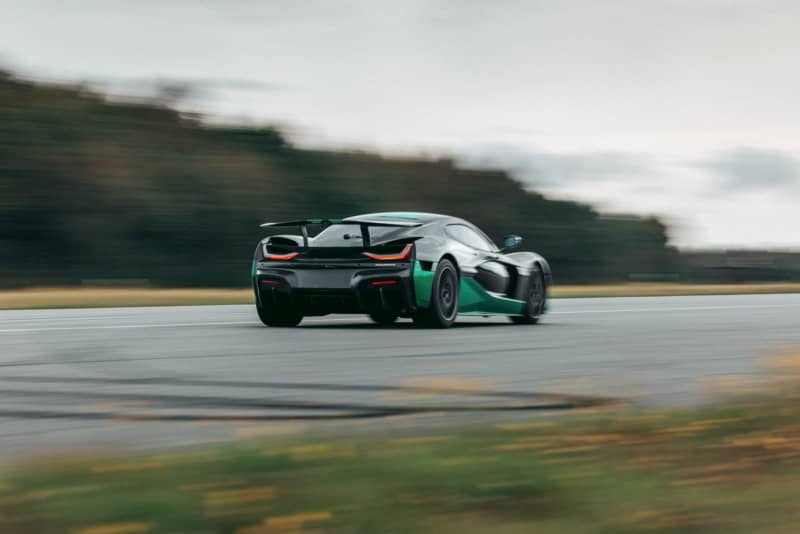Croation supercar maker Rimac testing new nanotube power technology

- Oops!Something went wrong.Please try again later.
Croatian electric hypercar maker Rimac is experimenting with so-called nanotube material technology which could work as a viable source of electricity to propel a vehicle.
Engineers at the Massachusetts Institute of Technology in the United States discovered several years ago a method of generating electricity using tiny carbon particles that create a current by interacting with the liquid surrounding them.
The liquid, an organic solvent, draws electrons out of the particles, generating a current that could be used to drive chemical reactions or to power micro- or nanoscale robots, researchers say.
"Rimac isn't exclusively electric," chief executive Mate Rimac said, according to Britain's Autocar magazine. "It's doing whatever is the most exciting at the time."
The tech can be made to work by super-heating unique liquid fuels which form a thin coating over "hollow tubes made of a lattice of carbon atoms, which have unique electrical properties," according to one MIT method.
If this method works properly at a larger scale than tested so far, it could replace the current heavy battery packs in EVs as an alternative fuel source to existing electric and hydrogen car designs.
Rimac said liquefied petroleum gas, hydrogen and diesel were among the potential sorts of fuels to be used for this novel method of generating electricity.
The carmaker has linked up with a start-up that's now experimenting with nanotubes operating at 80% fuel efficiency on a small scale.
The downside is that this method still produces CO2, so it would not fit in with the zero emissions goals that many manufacturers and governments are currently proposing.

